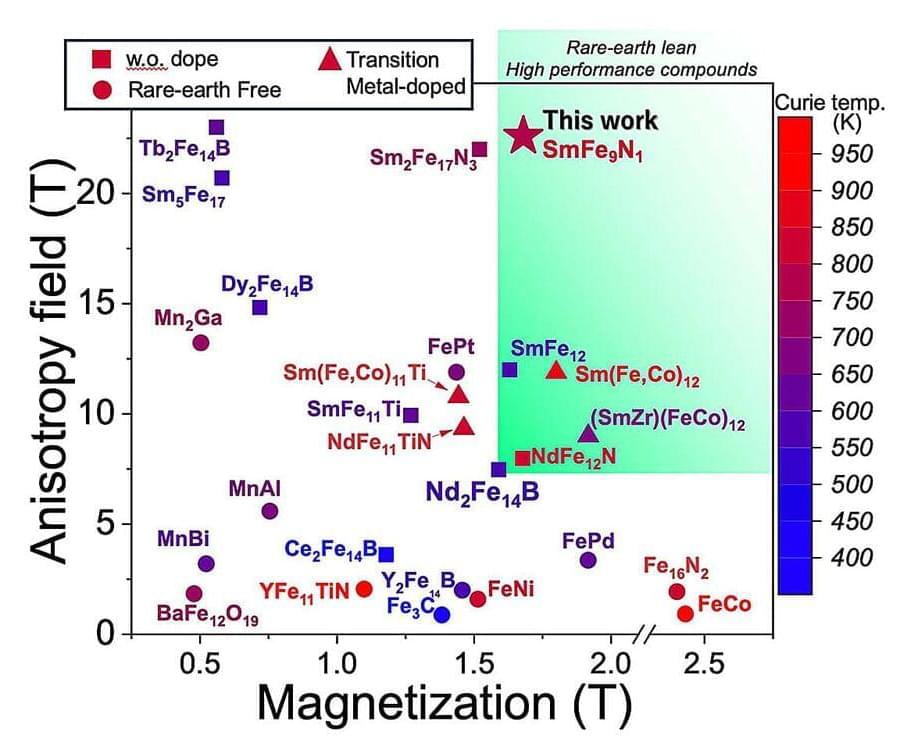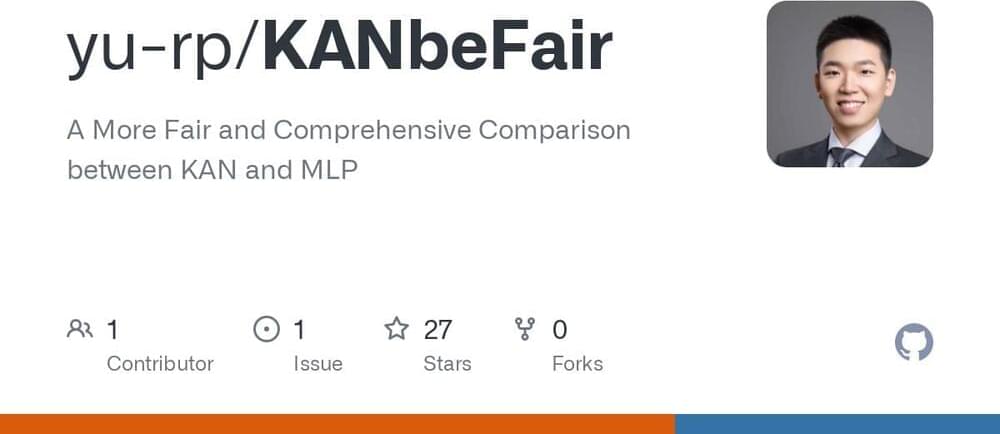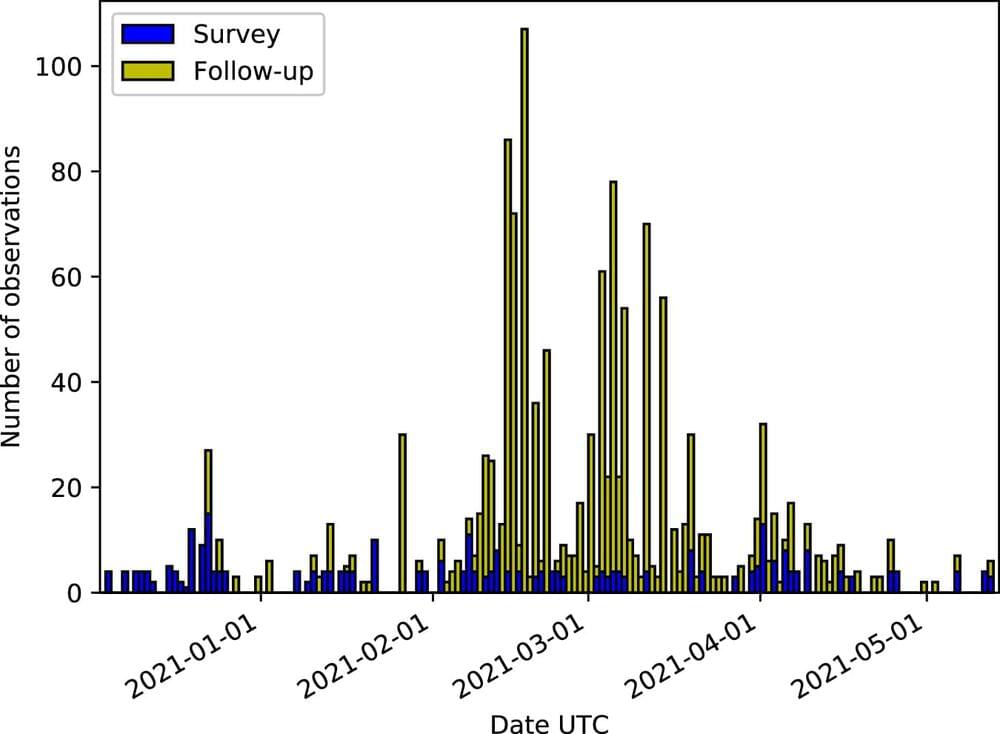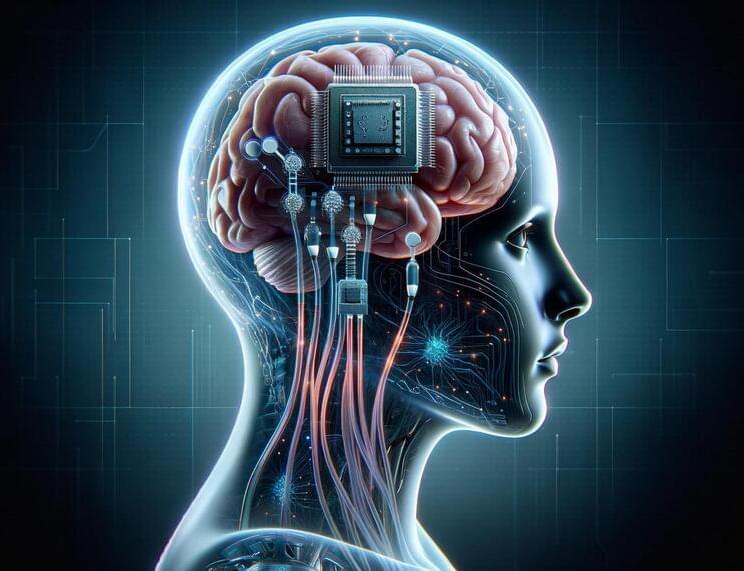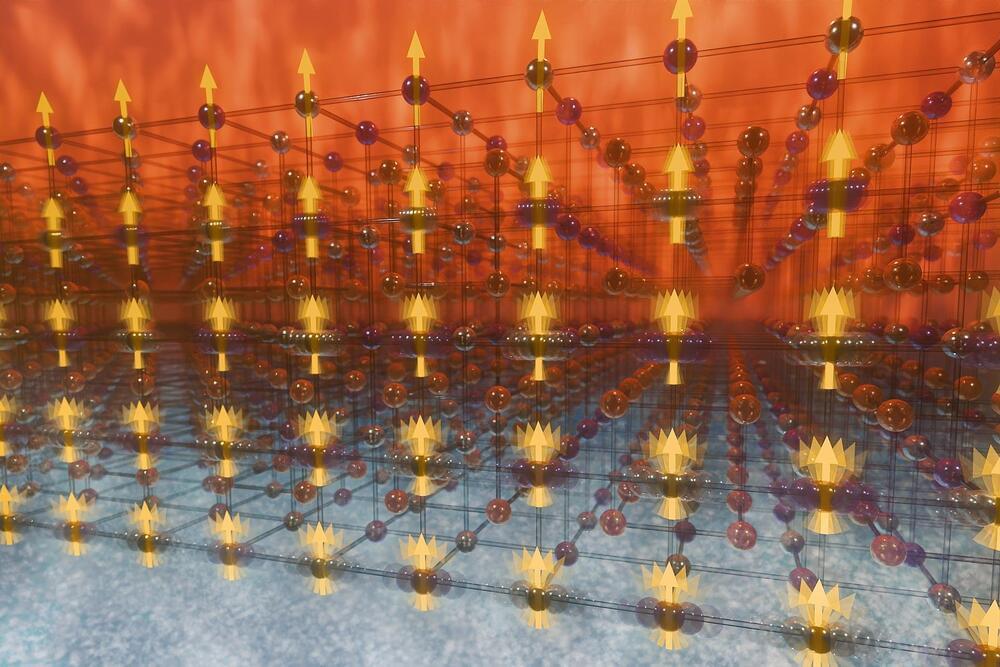Vishnu Reddy, Michael S. Kelley, Jessie Dotson, Davide Farnocchia, Nicolas Erasmus, David Polishook, Joseph Masiero, Lance A. M. Benner, James Bauer, Miguel R. Alarcon, David Balam, Daniel Bamberger, David Bell, Fabrizio Barnardi, Terry H. Bressi, Marina Brozovic, Melissa J. Brucker, Luca Buzzi, Juan Cano, David Cantillo, Ramona Cennamo, Serge Chastel, Omarov Chingis, Young-Jun Choi, Eric Christensen, Larry Denneau, Marek Dróżdż, Leonid Elenin, Orhan Erece, Laura Faggioli, Carmelo Falco, Dmitry Glamazda, Filippo Graziani, Aren N. Heinze, Matthew J. Holman, Alexander Ivanov, Cristovao Jacques, Petro Janse van Rensburg, Galina Kaiser, Krzysztof Kamiński, Monika K. Kamińska, Murat Kaplan, Dong-Heun Kim, Myung-Jin Kim, Csaba Kiss, Tatiana Kokina, Eduard Kuznetsov, Jeffrey A. Larsen, Hee-Jae Lee, Robert C.
